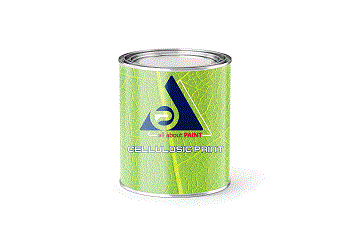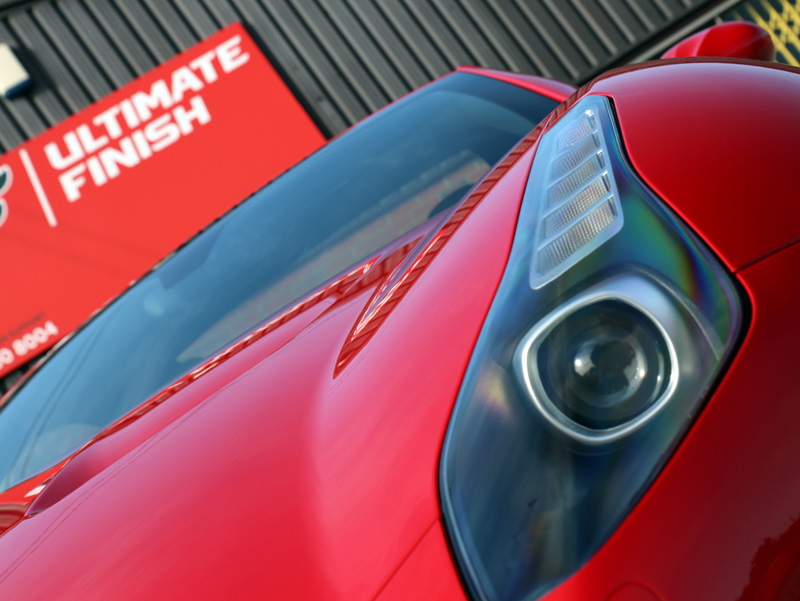The odds are that during the course of your driving lifetime, you will be involved in at least one traffic accident and receive damage to your car.
Perhaps this is your first time, and you wonder exactly what you will need to do in order to get this fixed.
As you get ready to contact an accident repair shop, have you ever thought how a panel beater goes about the task of straightening everything out?
The Challenge Ahead
It may be called panel "beating," but it is far from a brutal, unskilled operation.
It requires a lot of time and finesse. There are a number of distinct stages involved,
as the technician removes the dents and shapes the panels correctly.
The job is made all the more difficult by the complexity of modern day automotive design.
In order to sell their vehicles, manufacturers often add distinctive styling elements that give a panel beater more of a challenge.
The Seven Step Process
To begin with, the expert will have a look at the alignment of the chassis, to make sure that that is basically "okay."
The vehicle will be put on a hydraulic lift, and if necessary, traction forces will be applied to pull everything into the right position.
During a collision, various panels are stretched one way or another and the next stage is to move them back to their original positions.
This is done using heat (normally via a blowtorch) and a special hammer to reshape everything to an approximate position.
Now, the technician will apply some finesse using a technique called "planishing."
The metal is pushed against a special tool known as the "dolly," and a smaller hammer is applied to get the correct contour.
Often, it's necessary to weld specific pieces of metal together, so that the finished job is stronger,
although it may be necessary for the entire section to be replaced if the accident damage is too bad.
When all of these stages have been completed, even more precise work needs to be applied using putty filler.
All the imperfections are filled in and once it sets, a hard surface is presented.
This hard surface then needs to be smoothed down before any paint can be applied.
This is achieved using sanding pads and water, with excess metal removed on a gradual basis until the final shape is perfect.
Only then can the vehicle be moved into the spray booth, so that it can receive several different layers of paint to complete the job.
Starting the Process
As you can see, there's quite a bit of work involved, so it's advisable for you to schedule your first inspection as soon as possible.

.png)
.png)
.png)
.png)





